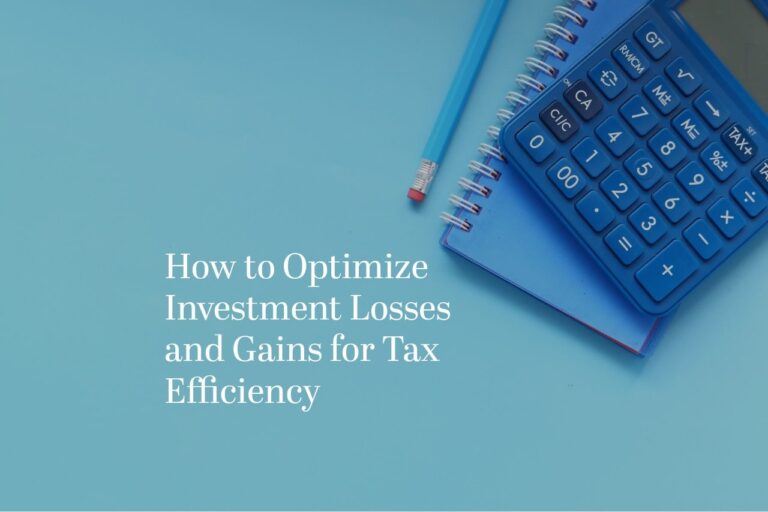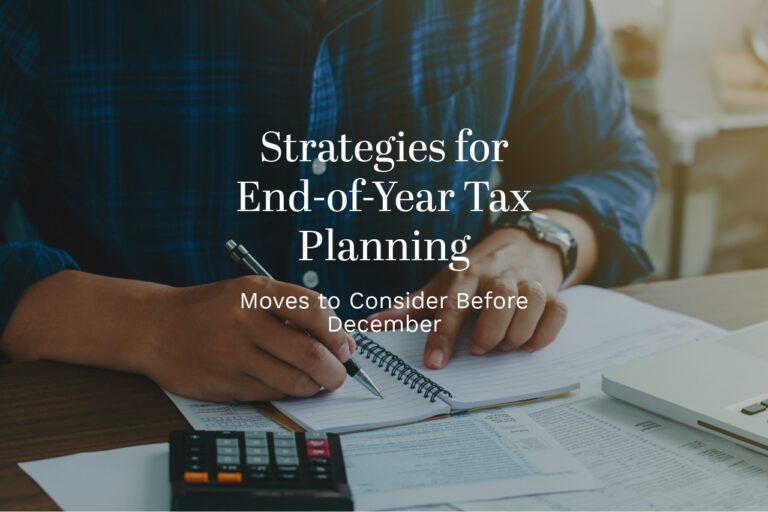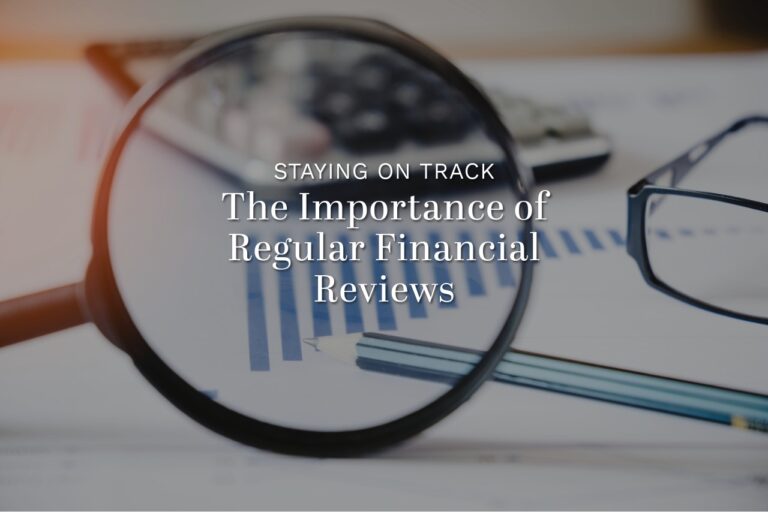How Preparing Your Finances for the New Year Sets You up for Success
As the calendar year winds down, it can be helpful to take stock of your financial situation and consider year-end moves that may impact your financial picture. Whether you’re focused on reducing your tax bill, improving your savings habits, or preparing your finances for the new year, the last few weeks of the year offer an opportunity to review and adjust.
Review and Adjust Your Budget
A practical place to start is with your budget. Reviewing income, expenses, and savings over the past year can reveal trends and areas that may need attention. If you’ve spent more than anticipated or if your savings rate has declined, this review can help you make adjustments for the coming year.
Additionally, year-end is a good time to plan for any major expenses in the next year, such as travel, education costs, or home repairs.
Check Retirement Account Contributions
Many retirement accounts, such as 401(k) plans and Traditional or Roth IRAs, have annual contribution limits. Reviewing how much you’ve contributed so far and determining if you can add more before the December 31st deadline (for employer-sponsored plans) can be worth considering. IRAs typically allow contributions until the tax-filing deadline in April, but workplace plans have a firm year-end cutoff.
If you’re over age 50, you may also be eligible to make catch-up contributions.
Review Required Minimum Distributions (RMDs)
Individuals over a certain age who hold Traditional IRAs, 401(k)s, and similar retirement accounts may be subject to Required Minimum Distributions (RMDs). Failing to take the required amount by December 31st can lead to tax penalties. Reviewing whether you’ve met your RMD obligations before year-end can help you avoid unexpected tax consequences.
Consider Charitable Contributions
Charitable giving can play a role in financial and tax planning. If you itemize deductions, donations made before December 31st may be deductible for the current tax year. Contributions can include cash gifts, donations of goods, or appreciated assets like stocks.
Additionally, some retirees may consider Qualified Charitable Distributions (QCDs) if they are taking RMDs. A QCD allows IRA holders over a certain age to transfer funds directly to a qualified charity, which may help reduce taxable income.
Harvest Investment Losses
Market fluctuations can create both gains and losses in an investment portfolio. Tax-loss harvesting involves selling investments that have declined in value to offset taxable gains elsewhere in the portfolio. This strategy can help reduce capital gains tax liability and may be worth evaluating before year-end.
It is important to be mindful of the IRS “wash sale rule,” which prohibits repurchasing the same or substantially identical security within 30 days of selling it at a loss.
Review Flexible Spending Accounts (FSAs)
Flexible Spending Accounts (FSAs) for healthcare or dependent care expenses often have a “use-it-or-lose-it” provision. While some plans may allow a short grace period or a small carryover amount, unused funds may be forfeited after December 31st.
Reviewing your FSA balance and submitting eligible expenses for reimbursement can help you make use of the funds you’ve set aside.
Evaluate Health Savings Account (HSA) Contributions
Unlike FSAs, Health Savings Accounts (HSAs) allow contributions to roll over year to year. However, annual contribution limits still apply. Reviewing how much you’ve contributed and determining if you can add more before year-end may benefit your long-term savings.
Review Tax Withholding and Estimated Payments
If your income changed significantly during the year—due to job changes, bonuses, or other factors—it may be helpful to review your tax withholding and estimated payments. Adjusting withholding or making an estimated payment before year-end could reduce the risk of an unexpected tax bill or penalties when you file your return.
Spend Down Education Savings Plan Funds If Necessary
If you’ve been using a 529 education savings plan, now is a good time to check whether you’ve withdrawn the necessary amount to cover qualified education expenses for the year. Withdrawals must match expenses incurred in the same calendar year to avoid potential tax penalties.
Organize Financial Records
The end of the year is a convenient time to organize financial documents. Reviewing account statements, gathering tax documents, and summarizing income and expenses can help prepare you for the upcoming tax season and provide clarity for your overall financial picture.
Reflect and Set Goals for the Year Ahead
Beyond specific financial moves, year-end is a natural time to reflect on your progress toward financial goals and consider adjustments for the coming year. Whether you’re focused on debt reduction, saving for a major purchase, or planning for retirement, reviewing your progress can help you identify next steps.
Consider setting new financial goals or adjusting existing ones based on what you’ve learned over the past year.
Start Preparing Your Finances for the New Year
Taking time before December 31st to review and adjust your financial situation can help lay the groundwork for the year ahead. From reviewing your budget and savings contributions to considering tax planning strategies, year-end financial moves provide an opportunity to stay organized and make aligned financial decisions based on your current circumstances.
Illuminated Advisors is the original creator of the content shared herein. I have been granted a license in perpetuity to publish this article on my website’s blog and share its contents on social media platforms. I have no right to distribute the articles, or any other content provided to me, or my Firm, by Illuminated Advisors in a printed or otherwise non-digital format. I am not permitted to use the content provided to me or my firm by Illuminated Advisors in videos, audio publications, or in books of any kind.








